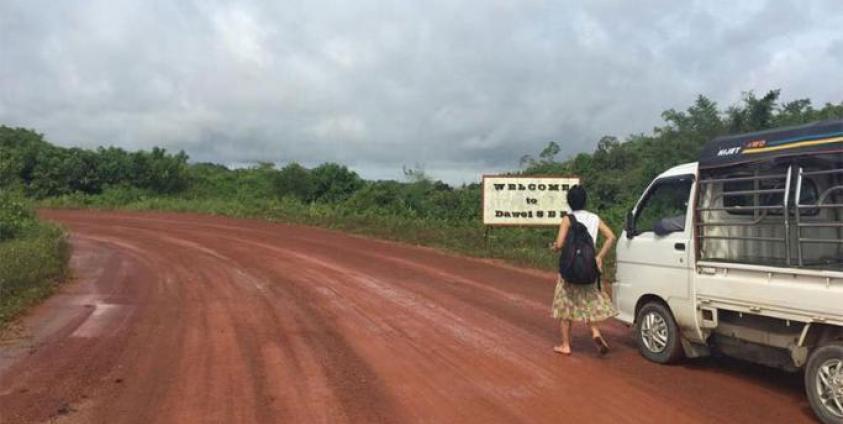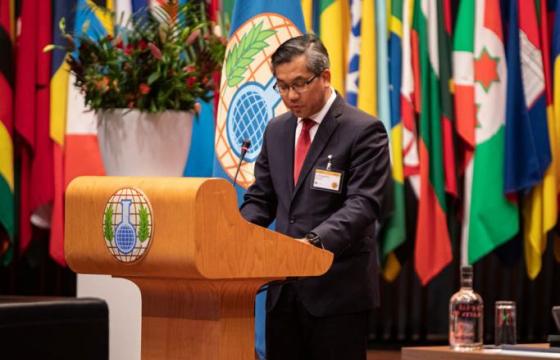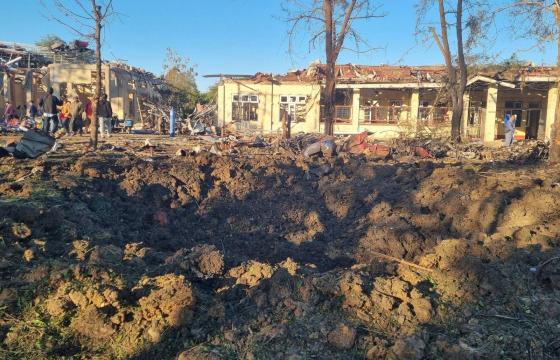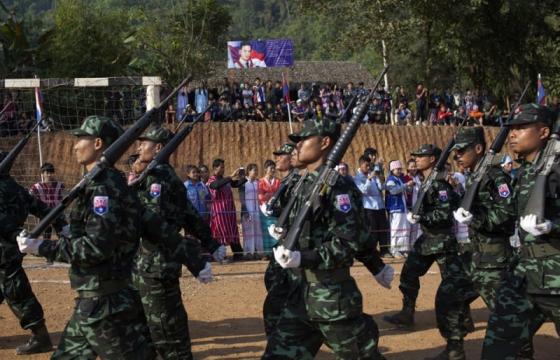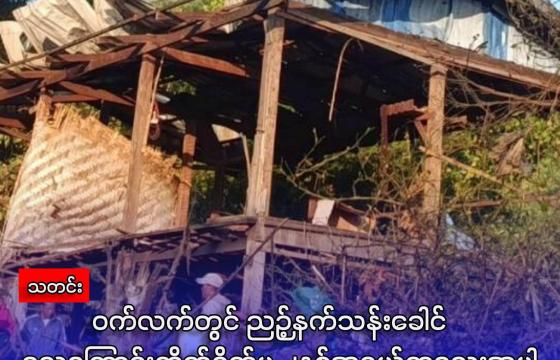Myanmar’s lush rainforests and at least nine globally-threatened species are facing significant risks if the Dawei-Htee Khee road project (“Dawei Road”) continues without a comprehensive biodiversity protection plan, conservation experts warned.
In the report entitled ‘Nature in Peril: The risk to forests and wildlife from the Dawei-Htee Khee Road’, scientists and researchers from the World Wide Fund for Nature (WWF) outlined the risks presented by the Dawei Road to the Dawna Tenasserim (DT) and the proposed steps to mitigate these risks.
The 138-kilometre, two-lane Dawei Road links the Dawei Special Economic Zone to Thailand and runs through the DT, one of the largest stretches of connected forest in Asia which spans the borders of Myanmar and Thailand. The DT is home to an amazing wildlife, pristine forests, and diverse local communities. The landscape serves as safe harbor to 168 mammal species, 568 bird species and thousands of reptile, amphibian, insect, fish and plant species.
Nick Cox, WWF-Myanmar Conservation Director said, “The road will bring economic growth to the Tanintharyi Region however we are not looking at the cost to forests and wildlife which are invaluable assets for Myanmar. Just as people need roads, nature needs ‘wild highways’ allowing species to move. This is one of several issues ignored by the current road design.”
First-of-its-kind camera trap surveys have confirmed presence and movement patterns of wildlife along and in the near vicinity of the Myitta to Sinphyudaing areas. Documented along the Dawei Road are vulnerable species including tiger, clouded leopard, leopard, Asian elephant, gaur, Asian tapir, sambar deer, sun bear (or “honey bear”), Asiatic black bear, and white-handed gibbon.
Following the Dawei SEZ Memorandum of Intent between Myanmar, Thailand, and Japan in 2015, a developer Italian-Thailand Development (ITD) signed a concession agreement for the two-lane road project with the Myanmar government. A consulting firm hired in 2015 has undertaken an ESIA. In May 2018, the Myanmar Ministry of Natural Resources and Environmental Conservation (MONREC) approved the ESIA with some comments.
However, the 2018 ESIA is inadequate in mitigating impact on biodiversity as it fails to address key challenges such as the loss of habitat connectivity for threatened species, increase in deforestation, and the increase in illegal hunting.
According to the Nature in Peril report, during the construction of the access road and clearing for the main road between 2009 to 2013, deforestation in the vicinity of the road has increased from around 0.2 percent to 2 percent annually. Post-construction, the deforestation rate ranges from 6.0 – 2.3 times the national deforestation rate reported for 2002-2014 period. This indicates that deforestation has remained elevated since the road was built and is likely to increase further when construction of the two-lane road resumes.
Case studies and recommendations for government and local stakeholders are detailed in the report towards improving the ESIA and achieving better land use planning in order to protect Myanmar’s “wild highways” and ecological corridors.
Myanmar’s Ministry of Construction and MONREC, together with the project developer ITD, should put in place a comprehensive and fully-funded reforestation and habitat restoration plan that will offset the loss of forest area during construction and upgrading of the road.
Other key recommendations include the construction of dedicated wildlife crossings which have been proven to work in Thailand in similar projects, installation of signages to prevent wildlife poaching and illegal hunting, installation of wildlife warning signs for road users, and speed reductions at night to prevent fatal accidents for both people and wildlife.
“Nature in Peril is the culmination of years of collaborative research. Now that we know what’s really at stake, we are offering concrete solutions to keep the landscapes connected and the ecosystems fully functioning. We believe that Myanmar can and should take a leading role in building sustainable roads that benefit people and do not harm wildlife,” Nick Cox said.
Nature in Peril is the fourth in a series of reports published by WWF-Myanmar and its partners which delves into the biodiversity value of the DT and the environmental challenges caused by people and projects.

